READY TO GET STARTED?
REQUEST A FREE ESTIMATE
Fill out the form below or call (888) 466-7849 for a free, no-obligation estimate.
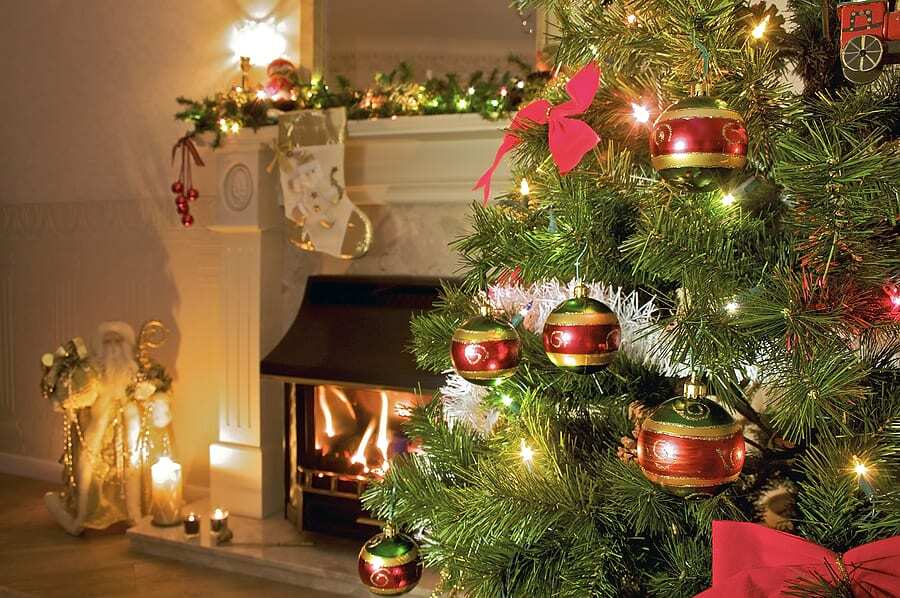
One thing that is sure to put a damper on your holiday spirit is unwanted pests! The holiday season provides ample opportunity for household pests to make their way into your home. Spiders, rodents, ants, ticks, and other overwintering pests will commonly invade in search of food, water, and shelter.
Holiday pests will use Christmas trees, wreaths, firewood, decorations, storage boxes, luggage, and more to hitch a ride into your home. Some pests will hide in the branches and crevices of Christmas trees, wreaths, garland, and firewood. They can even lay eggs which will then hatch after you bring them inside. Mice and other pests will take refuge inside your storage boxes that hold decorations. You may find live pests, dead pests, or droppings inside these containers. You may also find that they have chewed or damaged wires inside the box.
Increased travel at the holidays increases the risk of bed bugs. These pests hitch a ride on unsuspecting travelers’ luggage, coats, purses, and more. The kitchen is often the central gathering place for holiday cooking and meals. It can also be a big source of food for unwanted pests. Crumbs, spills, leftovers, and dirty dishes all provide an easy food source for holiday pests.
Don’t let pests ruin your holiday plans. Keep them away with these 5 holiday pest control tips.
Pests can come indoors on live trees, wreaths, garland, and firewood. Carefully inspect these items outside before bringing them inside. Make sure to check for live pests, nests, and eggs. Shake them out carefully to disturb any slumbering pests and to knock off any hidden pests.
Pests will hide out in boxes used to store decorations and other holiday items. Unpack these items outside and inspect them all carefully for signs or pests including dead bugs, live bugs, droppings, gnaw marks, and other damage. Carefully check strings of lights and other wires for signs of chewing.
Holiday meals are centered around the kitchen. Clean up the kitchen after cooking. Wash dishes or load the dishwasher and don’t leave dirty dishes out overnight. Sweep up any crumbs from the floor and clean up spills immediately. Make sure to empty the trashcan frequently, especially before bedtime.
Bed bugs are common at the holidays because of the increase in travel. Whether you are going away or you have guests coming in, inspect the bedding carefully for bed bugs. Signs of bed bugs include live bugs, reddish brown spots on bed linens, and shed skins. These can be found on beds, mattresses, box springs, linens, curtains, furniture, and even baseboards. Check luggage before bringing it into the house. Wash clothes in hot water and dry on hot heat as soon as you return home.
At the end of the holidays, taking down decorations and storing them for next year becomes a priority. Store your holiday decor in plastic storage bins with sealing lids rather than cardboard boxes or bags. Don’t pile discarded trees, garlands, or cut firewood near your home as these can attract termites and rodents.
The holiday season is a time of great joy, family, and friendship. Don’t let holiday pests ruin your year. If you have a problem with any type of critter in your home, contact your local pest control company for a free inspection and comprehensive treatment plan.
Crawlspace Enclosure: The Cure For Cold Feet
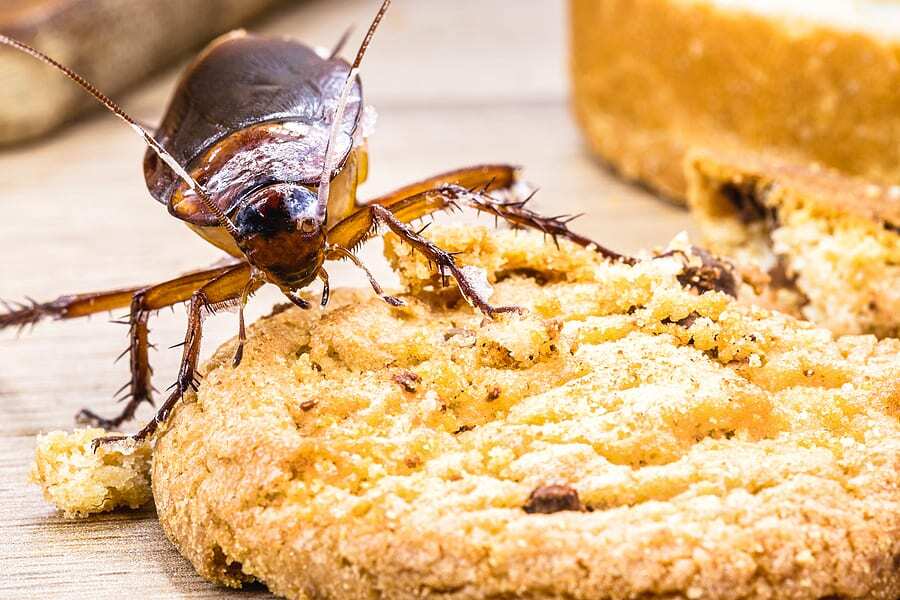
As we gear up for the holidays, we all start to see ourselves spending more time in the kitchen. The kitchen, often the central gathering spot for many families across the country, is a place where finding pests is certainly not ideal. While you continue cooking and gathering with your family this holiday season, keep in mind some of these tips to keep your kitchen pest-free!
Most pests, like cockroaches and rodents, are searching for both moisture and a food source; and during the colder months they also look for a warm place. If food is left out, it’s likely a pest will contaminate it. Roaches can be dangerous as they can spread bacteria and human pathogens when leaving their fecal matter and other debris in or around food.
After cooking and eating, wipe down any crumbs and spills from your countertops, tables, floors, and even shelves. Wash all dirty dishes and drain the dirty dishwater after each use.
Keeping your home well ventilated and dry can help tremendously with keeping pests out. As most pests are attracted to moisture, certain areas of the house can provide the ideal breeding ground for them such as basements, attics, and crawlspaces. They can then migrate to your kitchen in search of food. Try using a dehumidifier in these areas to help decrease the moisture throughout. You may also consider a crawlspace enclosure to help with eliminating moisture and increasing energy savings for your home.
While we can do all the cleaning in the world to keep pests out, sometimes they still find their way inside, even in a clean home! Pests like spiders, fruit flies, and ants can easily sneak inside through the tiniest of gaps and holes. To prevent them, inspect the outside of your home for any potential entry points and seal them up with caulk or steel wool. Don’t forget to repair any broken windows and screens too.
If you feel overwhelmed with the holidays and having to deal with pests in the kitchen, consider reaching out to your local pest control company where they can identify entry points and set up a customized treatment plan.
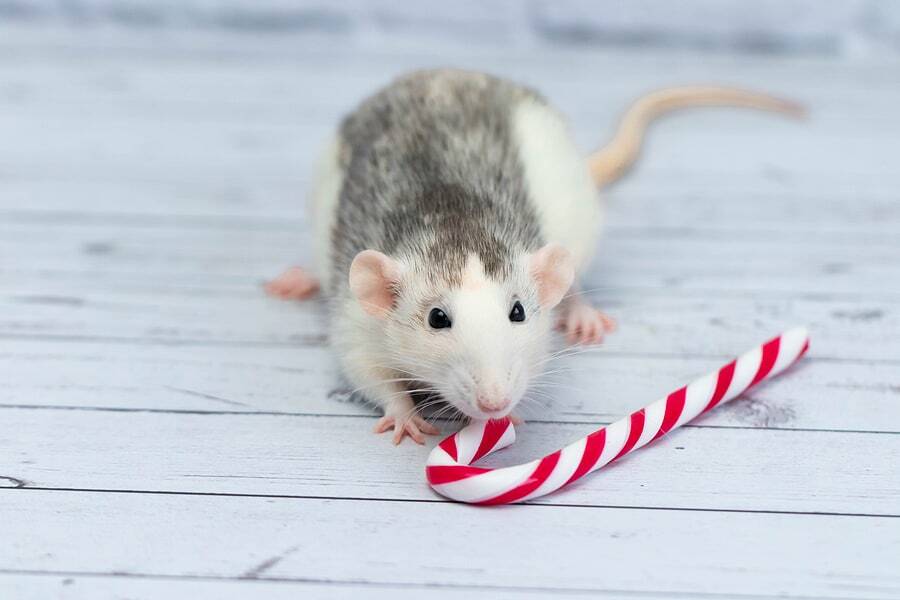
December is here, officially kicking off the holiday season! Celebrating the holidays with loved ones is important to many families across the country. While we gear up for family get togethers and putting up our favorite decorations, it’s important to remember that even those beloved decorations can allow pests to enter your home!
Holiday Decorations
Many of us store our decorations in attics, basements, and garages. These places are cold and dark, and if there’s a leak, provide water sources, making them ideal habitats for pests! Your stored decorations also provide an undisturbed hiding place for mice, rodents, spiders, and more, who crawl into the storage boxes you put away last holiday season!
To make sure you don’t bring them into your living space, carefully inspect and unpack these items outside first. Keep decorations like foliage, potpourri, and Indian corn in air-tight containers during off-seasons to help prevent pests for next year.
Christmas Tree
If celebrating Christmas, many homeowners buy a real Christmas tree and wreath each year. Unfortunately, pests like spiders, mites, moths, and even squirrels will hitchhike on these decorations and into your home!
Before bringing any of these items in, ensure that you’re inspecting for overwintering pests outside by shaking them. You can also check for any droppings, gnaw marks, or other damage from these creatures before bringing them into your home.
Firewood
With the holidays comes colder weather. Some of us are lucky enough to have a fireplace to keep warm and cozy throughout the winter season. It’s important to be cautious when bringing firewood indoors. Pests like spiders, termites, and ants will hide out on the firewood and hitch a ride indoors. Make sure you inspect the wood before bringing it inside and keep it stored at least 20 feet from your home on a raised platform.
If you suspect you have a holiday pest problem, consider reaching out to your local pest control company who can provide you with an evaluation and prevention plan.
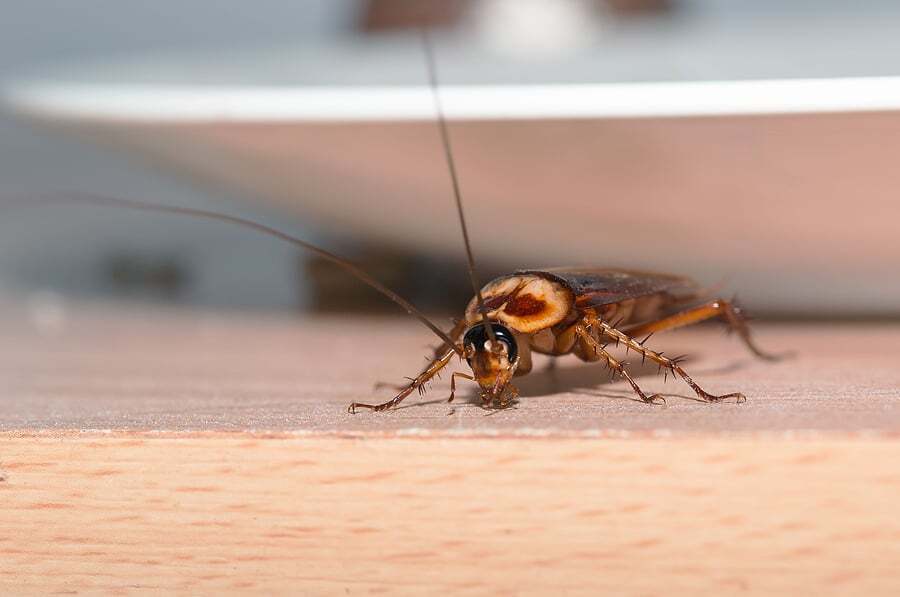
Some pests hibernate when the weather gets colder, while others seek out warmth inside of our homes. These overwintering pests will sneak through any open crevice or gap from the exterior of your home and can stay there all winter long undetected. Here are a few crawly pests that could be hiding out in your house!
German Cockroaches
The German cockroach is a common roach species found throughout the world. These roaches range from 1/2 to 5/8 inches and are brown with two-longitudinal stripes running down the thorax. They prefer to live in smaller areas close to food and moisture, such as inside pantries, basements, and bathrooms. Roaches are dangerous as they can contaminate food sources, spreading bacteria and human pathogens by leaving their fecal matter and other debris in and around food and food preparation areas.
To prevent cockroaches, make sure you keep your kitchen counters clean and free of crumbs. Vacuum frequently and always dispose of the garbage regularly. Look out for any leaks in the kitchen and bathrooms, as this moisture will attract roaches.
Brown Recluse Spider
Measuring the size of a quarter, the brown recluse spider can exist in large numbers. These spiders have six eyes arranged in three pairs, which is quite different from other species of spiders that have eight eyes arranged in two rows. The brown recluse prefers to live in dark areas such as under furniture, in wall voids, basements, crawl spaces, and in closets. While these spiders typically spin their webs in darker places, they can also found in cardboard boxes, along window molding, and even in shoes. The brown recluse can be dangerous to humans, as they will bite and inject venom if disturbed or threatened.
To prevent these spiders from entering your home, keep the trees and shrubs trimmed away from the house and roof. Repair any loose siding or shingles as they can easily sneak in through any gaps and openings. Consider installing a mesh cover or cap over chimneys to prevent entry.
Bed Bugs
Bed bugs are 3/16” to 1/4” in length or about the size of an apple seed or a pencil eraser. They are long and brown, flat in shape with an oval-shaped body, and brown in color. These pests enjoy harboring in cracks and crevices during the day and will come out at night to feed. You will typically find them in beds, mattresses, box springs, rails, headboards, and footboards. Bed bugs will bite humans on areas of skin that are exposed during sleep. Bed bugs are also notorious for hitchhiking from place to place through luggage, following you back home after traveling.
To prevent bed bugs, routinely check linens, mattresses, and even pet beds for live bugs. Thoroughly inspect any used furniture before bringing it inside your home. If you have recently travelled, inspect your luggage before bringing it inside your home, immediately take your clothes out and wash them in hot water, and dry them on high heat.
If you suspect that you have any of these pests inside your home, consider reaching out to your local pest control company where they can help identify, inspect, and provide a prevention plan.
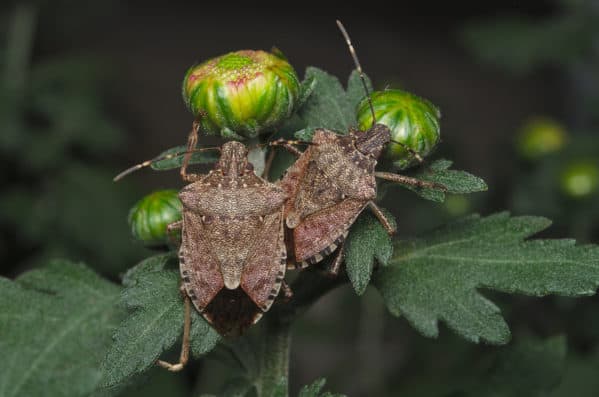
As the weather warms up overwintering pests will begin to wake up and make their way outdoors. One of these is the brown marmorated stinkbug. While these household pests don’t sting, bite, or carry any diseases, they can become a nuisance when they get inside your home. In fact, once you see stinkbugs inside, it’s usually too late to do anything to keep them out.
The brown marmorated stinkbug is native to Asia but was later introduced in the United States. They prefer moist, temperate climates like those of the Eastern US and the Pacific Northwest. Stinkbugs feed on soybeans, corn, fruit, vegetables, and ornamental plants that grow close to homes. Stinkbugs spend the spring and summer seasons outdoors then will seek shelter from the winter elements indoors – often entering your home through cracks, crevices, gaps or holes in your foundation, through chimneys, air conditioning vents, or underneath siding. The prefer homes with lots of trees around and will gravitate to the upper floors of a home.
During the winter months, stinkbugs go into a phase known as diapause, which is similar to hibernation, where the bugs go inactive during the cold weather. When the stinkbugs find a spot to overwinter, they release a pheromone that attracts other stinkbugs to their location. While they typically stay dormant until spring, unusually warm spells during the winter can bring them out full force.
If you encounter stinkbugs in your home, the best way to get rid of them is to vacuum them up and immediately dispose of the bag. When stinkbugs are threatened, disturbed, or squashed, they emit a smell that has been described as anything from cilantro to rotting almonds to spoiled fruit.
The best way to control stinkbugs is to prevent them from getting into your home in the first place. Here are 9 prevention tips for keeping stinkbugs out.
10 Common Myths About Pest Control
Is Orange Oil Effective As A Treatment For Termites?
How Do You Get Your Lawn Ready For Spring?